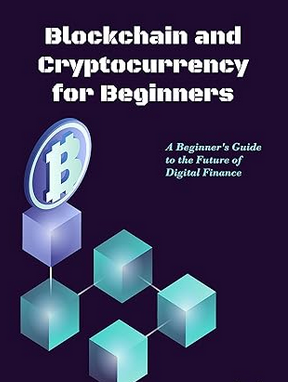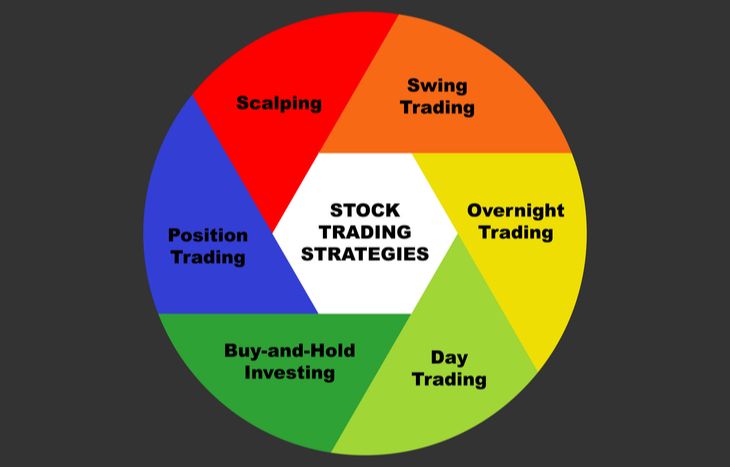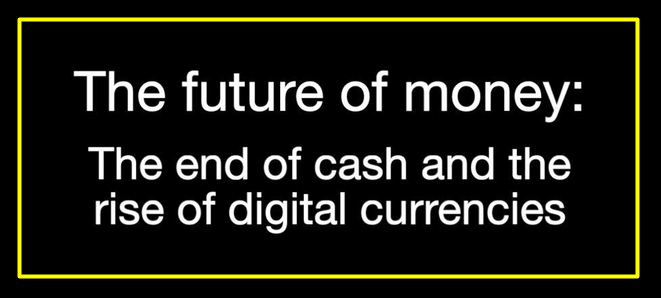Getting Started with Solana: A Beginner's Complete Introduction
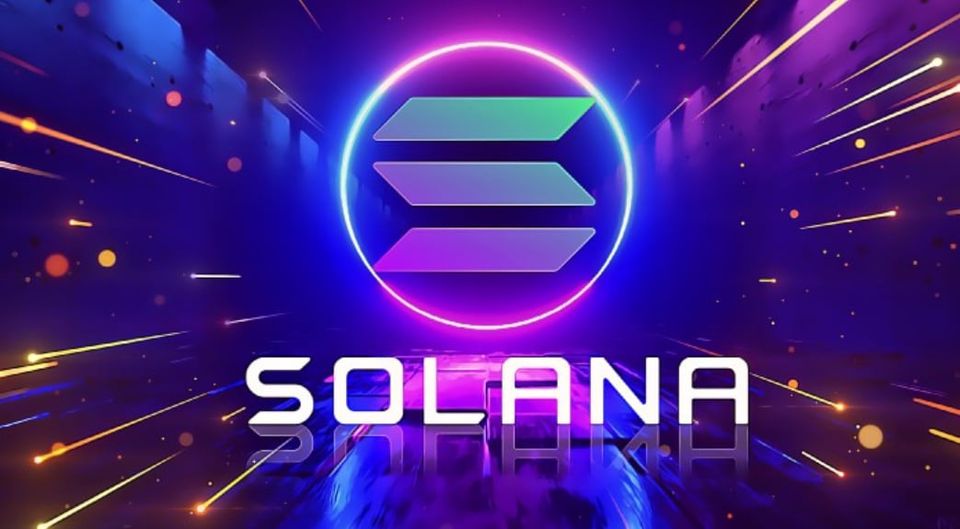
Introduction
Solana is a high-performance blockchain platform designed to support fast and secure decentralized applications (dApps) and cryptocurrencies. It aims to overcome the scalability limitations of traditional blockchains by introducing innovative technologies and novel consensus mechanisms. If you're new to Solana or interested in exploring its potential, then look no further. This comprehensive guide will provide a complete introduction for beginners looking to get started with Solana.
What is Solana?
Solana was founded in 2017 by Anatoly Yakovenko, who envisioned creating a blockchain platform capable of handling massive transaction volumes without sacrificing decentralization or security. Unlike many other blockchains, which rely on traditional Proof-of-Work (PoW) or Proof-of-Stake (PoS) consensus algorithms, Solana utilizes a unique mechanism known as Proof-of-History (PoH).
The PoH mechanism establishes a historical record of all transactions within the network, enabling validators to verify the order and timestamps accurately. This approach greatly improves efficiency while maintaining integrity within the network.
Key Features of Solana
1. Speed: One of the core features of Solana is its ability to process thousands of transactions per second at extremely low fees. The use of innovative technologies like the Tower BFT (Byzantine Fault Tolerance) consensus algorithm allows for rapid validation and confirmation.
2. Scalability: With its focus on scalability, Solana boasts one of the highest throughputs among existing blockchain networks.
3. Security: Utilizing cryptographic principles and advanced security measures such as PoH, transaction integrity within the Solana network remains robust.
4. Decentralization: Despite its speed and scalability, Solana ensures decentralization by employing multiple validators distributed across different nodes globally.
5. Developer-Friendly: The platform offers extensive documentation, tools, libraries, and frameworks required for developers to build and deploy dApps on Solana.
Getting Started with Solana
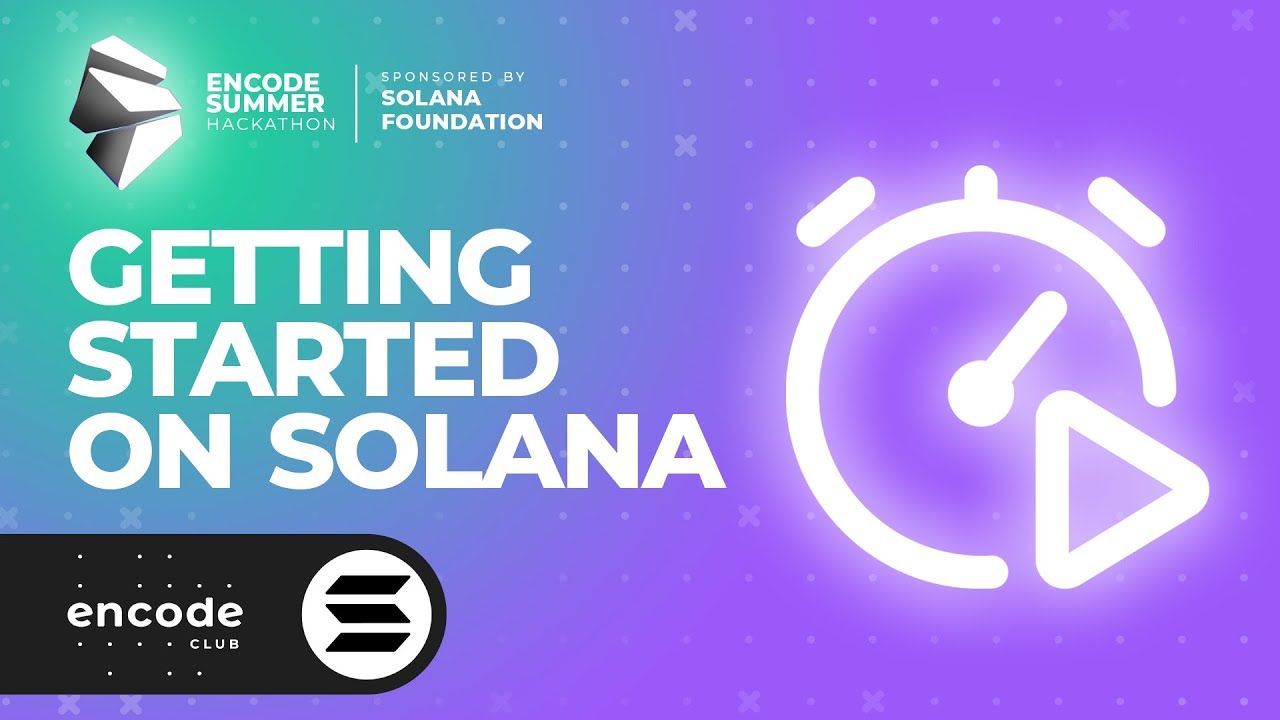
Now, let's dive into the practical steps to get started with Solana:
1. Setting Up Your Development Environment
Before working with Solana, it is essential to set up your development environment. Start by installing the following tools:
· Solana Command-Line Tool (CLI): The official CLI provides a comprehensive set of commands for interacting with the Solana blockchain.
· Rust Programming Language: As most of the core components of Solana are written in Rust, having Rust installed is necessary.
2. Creating a Local Testnet
Once your development environment is set up, create a local test net to experiment and learn more about the functionalities of Solana. Follow these steps:
· Use the CLI tool to run a local validator node.
· Connect to your local network using another instance of the CLI or web-based wallet provided by Sollet.io.
· Explore various features like creating accounts, executing transactions, and deploying smart contracts within your local environment.
3. Understanding Accounts and Transactions
Accounts form the fundamental building blocks within Solana. Familiarize yourself with different types of accounts available, such as Wallet Accounts (owned by users), Program Accounts (smart contract accounts), and System Accounts (used for network-specific operations).
Understand how transactions work in Solana – from constructing transactions using relevant libraries or APIs to signing them securely before submitting them for execution.
4. Building Smart Contracts
Solana supports smart contract development through its programming framework called "Anchor." Learn how Anchor simplifies smart contract development by providing higher-level abstractions while leveraging all advantages offered by low-level systems programming languages like Rust.
Explore tutorials and sample projects available in Anchor's documentation to gain hands-on experience in developing decentralized applications on top of Solana.
5. Deploying Your Application on Mainnet
Once confident with your development skills on Solana, it's time to deploy your application on the mainnet. This step involves interacting with real-world users and leveraging the full potential of the Solana network.
Take into account factors like gas fees, scalability considerations, and user experience while deploying and maintaining your dApp.
Winding Up
Solana is revolutionizing blockchain technology by providing a highly scalable solution without compromising decentralization or security. With its unique features such as the Proof-of-History (PoH) consensus mechanism, Solana has gained significant attention from developers and investors alike. By following the steps outlined in our beginner's guide, anyone can get started with Solana and explore its limitless possibilities for building decentralized applications.
Also Read...
